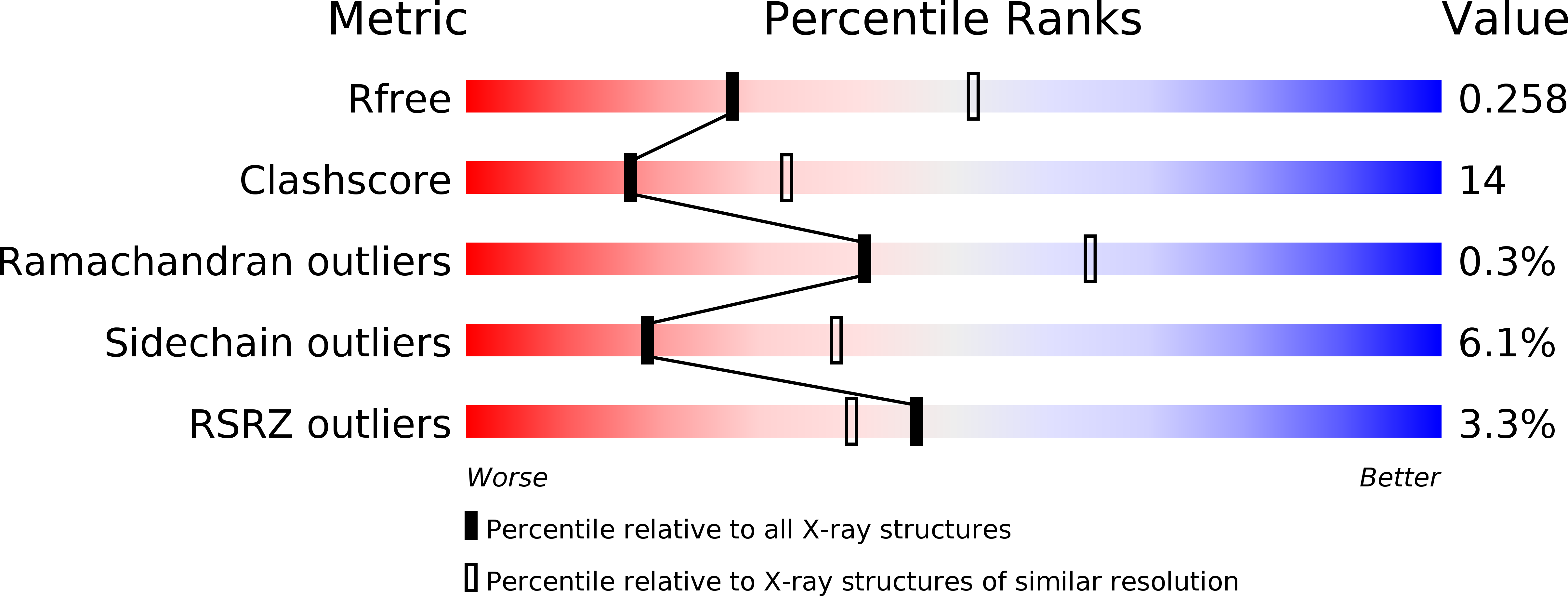
Deposition Date
2012-11-20
Release Date
2012-12-26
Last Version Date
2023-11-08
Entry Detail
PDB ID:
3W1S
Keywords:
Title:
Crystal structure of Saccharomyces cerevisiae Atg12-Atg5 conjugate bound to the N-terminal domain of Atg16
Biological Source:
Source Organism:
Saccharomyces cerevisiae S288c (Taxon ID: 559292)
Host Organism:
Method Details:
Experimental Method:
Resolution:
2.60 Å
R-Value Free:
0.25
R-Value Work:
0.23
R-Value Observed:
0.23
Space Group:
C 2 2 21


